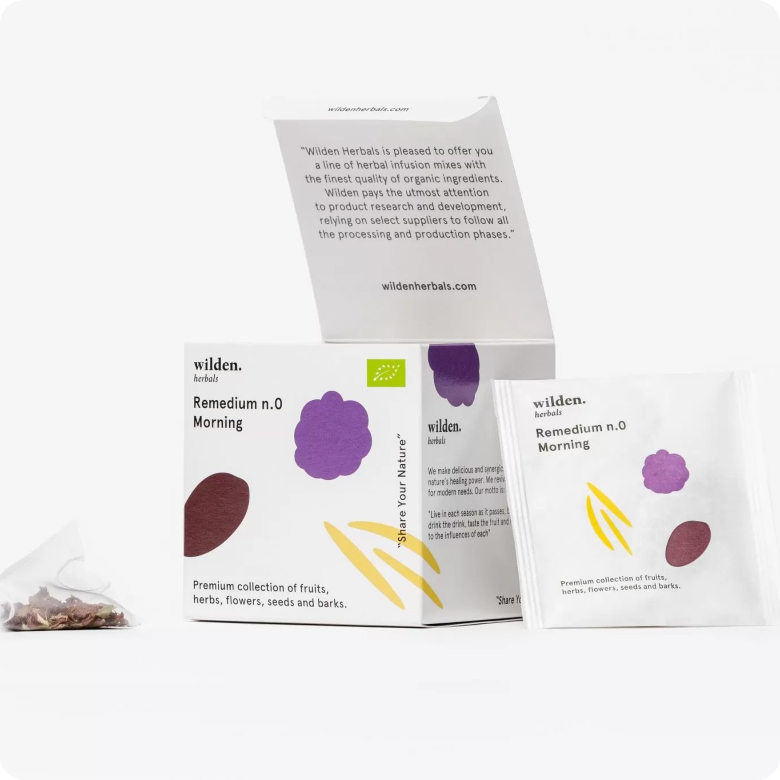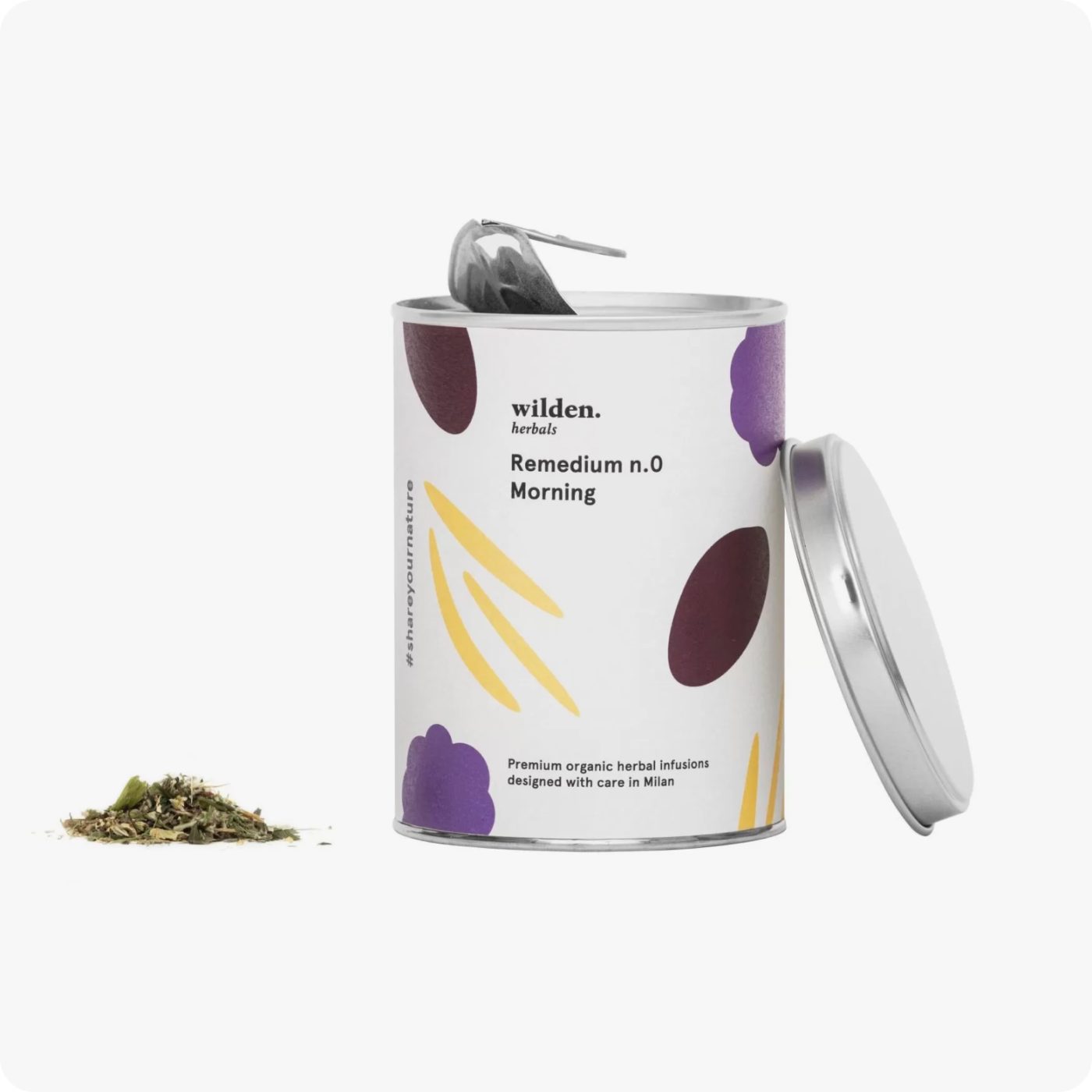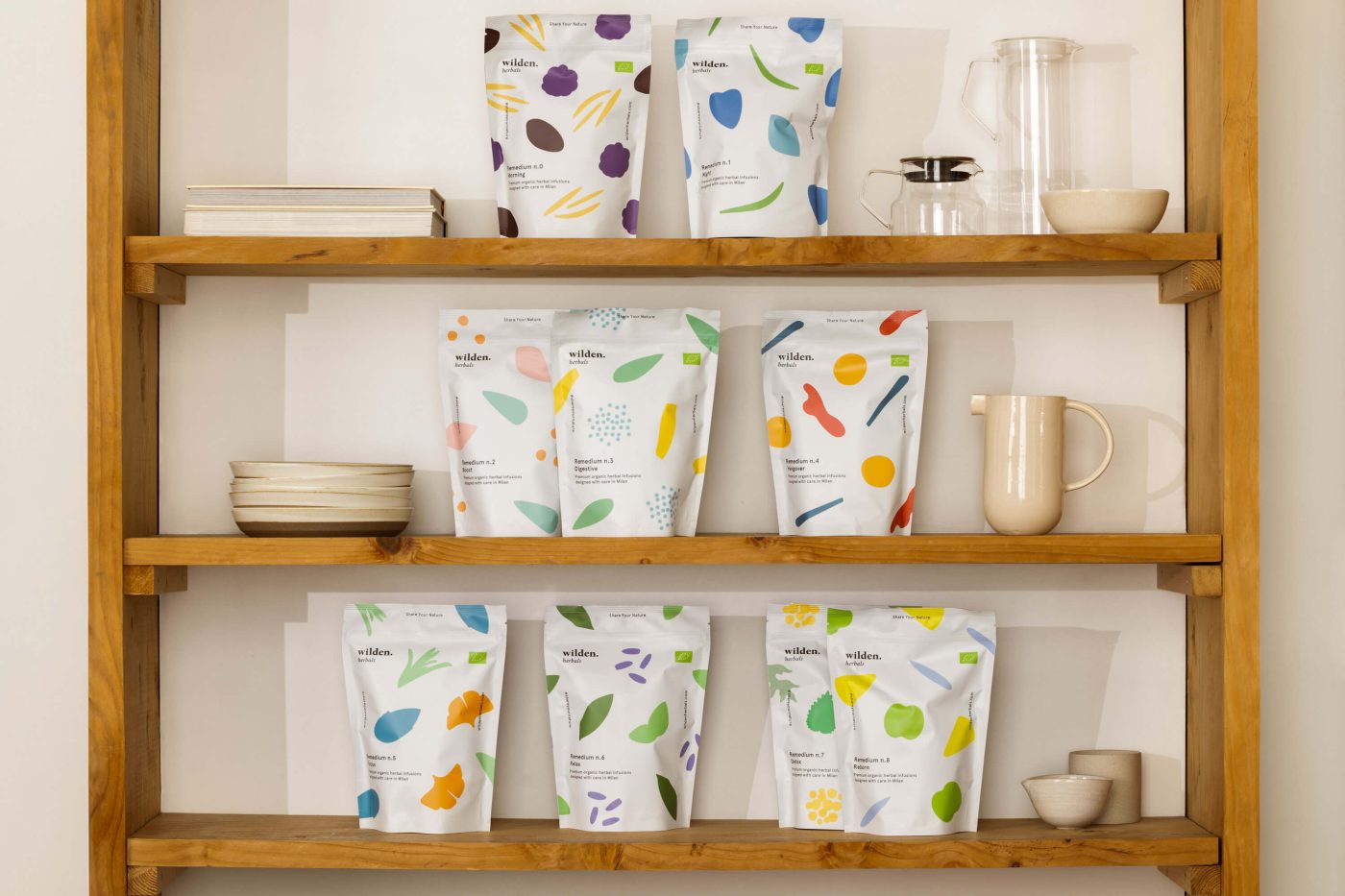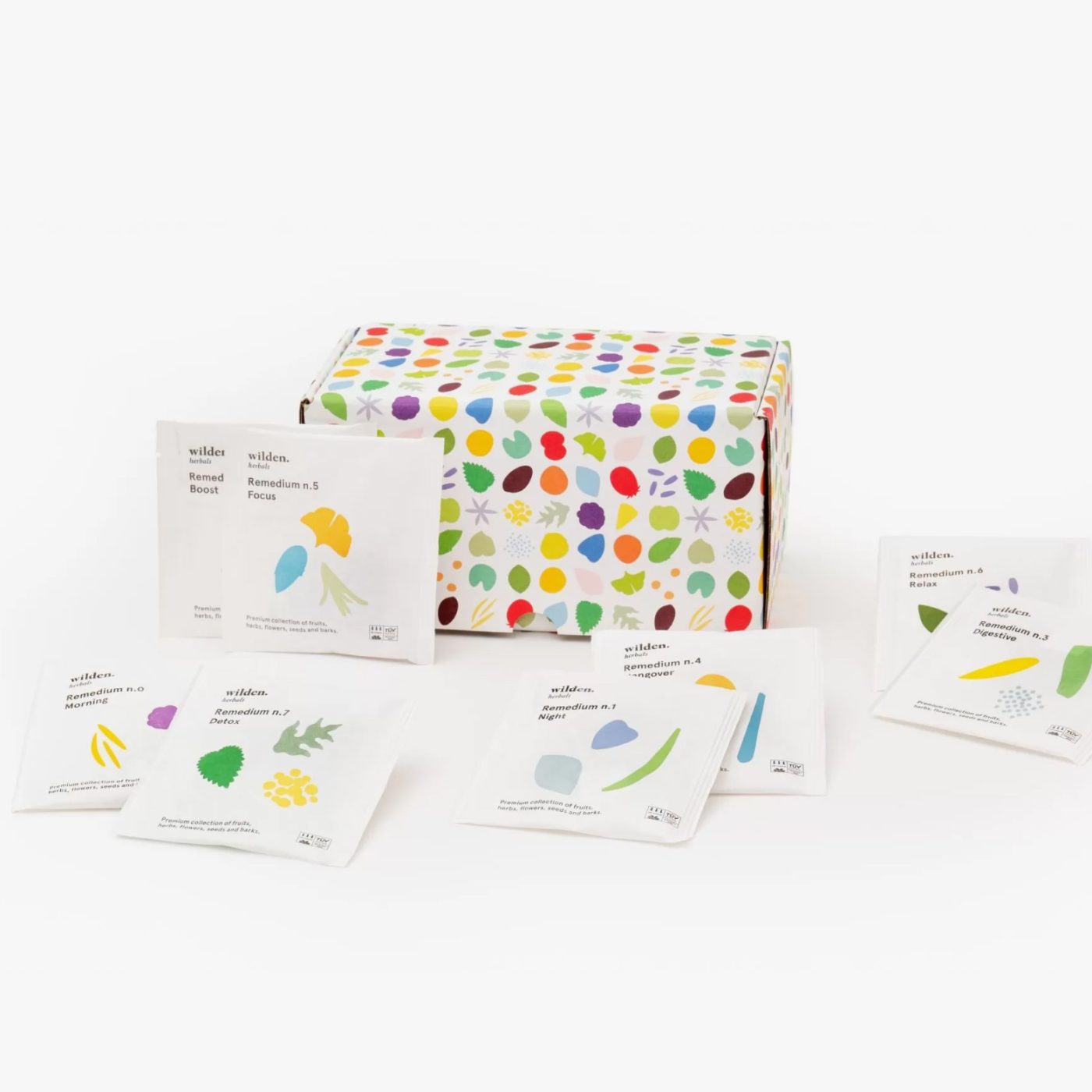Tiger Herb: introducing Centella Asiatica
A plant with exotic nicknames, Tiger Herb or Gotu Kola, today we talk about Centella Asiatica: let's travel with our minds to the East and discover its characteristics, benefits, properties and ways of use.
Table of contents:
The plant
What are the properties and benefits of centella asiatica?
How to use centella asiatica?
Curiosities
The plant
Centella Asiatica is a member of the Apiaceae or Umbelliferae family (the same as cumin, anise, coriander and dill). It is a perennial, slightly aromatic, climbing herbaceous plant that reaches 15 cm in height. It has small, attractive round leaves and white, pink or purple flowers. It prefers shady, swampy, moist places. It can be collected in India, Pakistan, Madagascar, Equatorial Africa and Central America, places where it has been used for millennia for its portentous properties.

What are the properties and benefits of centella asiatica?
While in traditional Asian medicine centella has been known since ancient times-thanks mainly to its properties-since the 19th century the plant has also been included in the official English, Chinese, Dutch, German, French, Italian and other pharmacopoeias. In short, centella asiatica, we can say it, is panic.
Among the benefits of centella asiatica, first and foremost, its ability to increase collagen production and the formation of new skin due to the presence of triterpene saponins have made it a leading player in the treatment of skin disorders such as wounds, scratches, burns, psoriasis and eczema. For the same reason it is now used in cosmetics to treat stretch marks, skin aging and cellulite.
Not only that, more and more studies are confirming its antioxidant, anti-inflammatory, anxiolytic, neuroprotective properties and improvement of memory, learning and general cognitive activities.
How to use centella asiatica?
While supplements and ointments are widely on the market mainly for cosmetic purposes, how to use centella asiatica is child’s play and starts with the Remedium par excellence: theinfusion. For all these reasons, we chose to add this plant within our Remedium No. 5 – Focus; centella asiatica is good for body and mind because of its ability to promote cognitive and memory activities: what we need when we are in exam session or smart working.
Then, if during our infusion ritual we indulge in an application of Asian centella ointment to give refreshment to swollen and tired ankles and legs, so much the better.
In some countries such as Sri Lanka, Malaysia, and Indonesia, Tiger Grass is also offered purely for its nutritional properties as a leafy vegetable or drink; in fact, it is rich in carotenoids and vitamins C and B vitamins.

Curiosities
According to a Chinese legend, one day a farmer came across a wounded tiger rolling in a meadow of centella. Intrigued, he plucked a handful of leaves and from there could immediately understand its healing and soothing power, hence the popular name Tiger Grass.
In Hindi, the name of this plant is Brahmi, meaning “bearer of the wisdom of Brahman,” a name that emphasizes Centella Asiatica’s neuroprotective and learning-facilitating properties.
In Sri Lanka, Centella Asiatica is often taken by children with nutritional deficiencies in the form of porridge, Kola Kenda, a tasty mix of rice and vegetables.
Sources
- Bylka, W., Znajdek-Awiżeń, P., Studzińska-Sroka, E., & Brzezińska, M. (2013). Centella asiatica in cosmetology. Postepy dermatologii i alergologii, 30(1), 46-49. https://doi.org/10.5114/pdia.2013.33378
- Prakash, Ved, N. I. S. H. I. T. A. Jaiswal, and Mrinal Srivastava. “A review on medicinal properties of Centella asiatica.” Asian J Pharm Clin Res 10.10 (2017): 69.
- Chandrika, Udumalagala Gamage, and Peramune AAS Prasad Kumara. “Gotu kola (Centella asiatica): nutritional properties and plausible health benefits.” Advances in food and nutrition research 76 (2015): 125-157.
- https://www.erboristeriagiorgioni.it/







